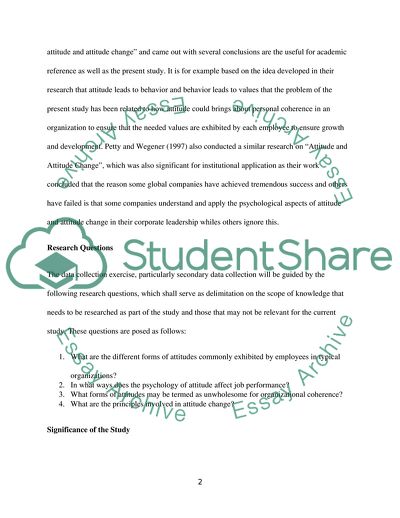Cite this document
(The Psychology of Attitudes and Attitude Changes Research Paper Example | Topics and Well Written Essays - 2500 words, n.d.)
The Psychology of Attitudes and Attitude Changes Research Paper Example | Topics and Well Written Essays - 2500 words. https://studentshare.org/sociology/1795635-attitudes-and-attitude-changes
The Psychology of Attitudes and Attitude Changes Research Paper Example | Topics and Well Written Essays - 2500 words. https://studentshare.org/sociology/1795635-attitudes-and-attitude-changes
(The Psychology of Attitudes and Attitude Changes Research Paper Example | Topics and Well Written Essays - 2500 Words)
The Psychology of Attitudes and Attitude Changes Research Paper Example | Topics and Well Written Essays - 2500 Words. https://studentshare.org/sociology/1795635-attitudes-and-attitude-changes.
The Psychology of Attitudes and Attitude Changes Research Paper Example | Topics and Well Written Essays - 2500 Words. https://studentshare.org/sociology/1795635-attitudes-and-attitude-changes.
“The Psychology of Attitudes and Attitude Changes Research Paper Example | Topics and Well Written Essays - 2500 Words”. https://studentshare.org/sociology/1795635-attitudes-and-attitude-changes.


